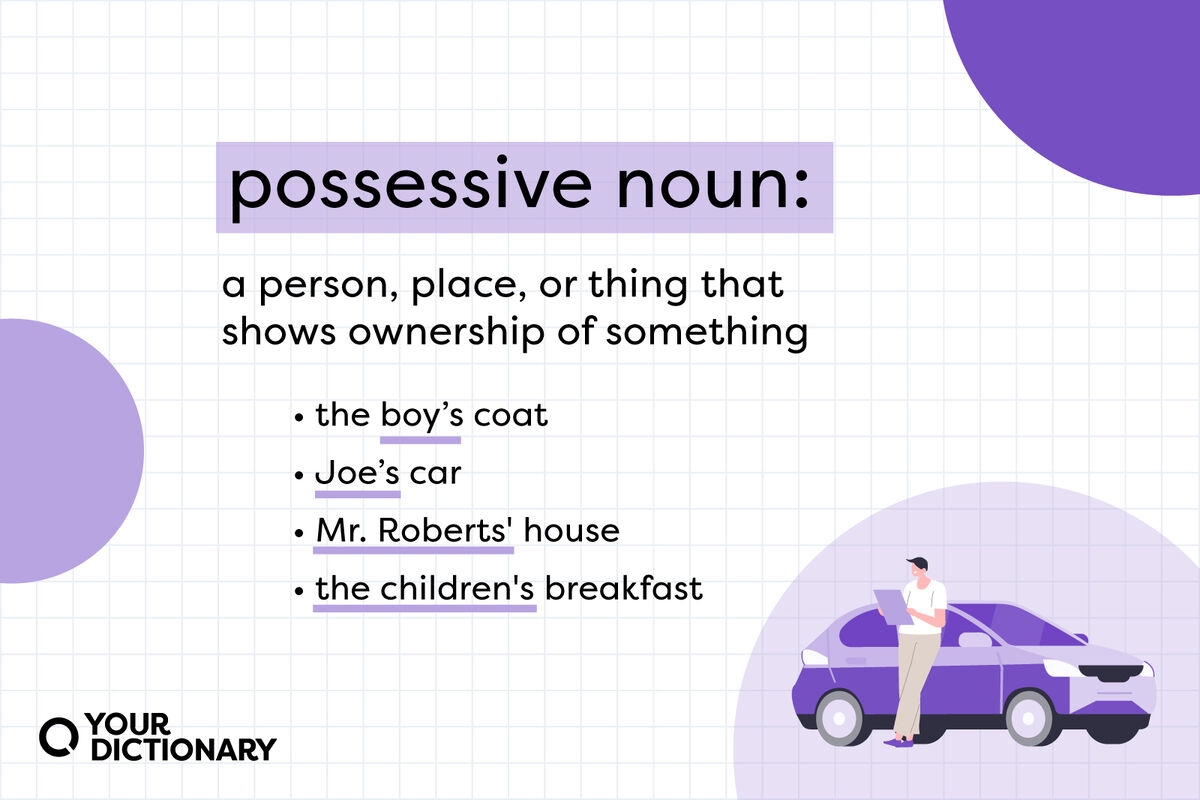When it comes to grammar, possessive nouns play a crucial role in indicating ownership or possession. Possessive nouns are used to show that something belongs to someone or something else. They are formed by adding an apostrophe and an “s” at the end of a noun. Understanding possessive nouns is essential for effective communication and writing.
Using possessive nouns correctly can help clarify relationships between people and objects. For example, saying “Sarah’s book” clearly indicates that the book belongs to Sarah. Without possessive nouns, it would be challenging to convey ownership and possession in a sentence.
Examples of Possessive Nouns
1. The dog’s tail wagged happily as he greeted his owner.
2. The teacher’s lesson plan was well-prepared and organized for the class.
3. My friend’s car broke down on the way to the airport.
4. The company’s profits have increased significantly this quarter.
5. The cat’s meow could be heard from across the room.
Using possessive nouns not only adds clarity to sentences but also enhances the overall quality of writing. By correctly identifying possession, writers can create more precise and engaging content. It is important to pay attention to the use of possessive nouns in order to effectively convey ownership and relationships in writing.
Practice using possessive nouns in your writing to improve your grammar skills and enhance the readability of your work. By incorporating possessive nouns correctly, you can elevate the quality of your writing and communicate your ideas more effectively. Remember to always use an apostrophe and “s” to indicate possession and ownership when using possessive nouns.
In conclusion, possessive nouns are essential elements of grammar that help indicate ownership and possession in writing. By using possessive nouns correctly, writers can convey relationships and clarify ownership in sentences. Incorporating possessive nouns in your writing can enhance the overall quality of your work and improve communication with your audience.
